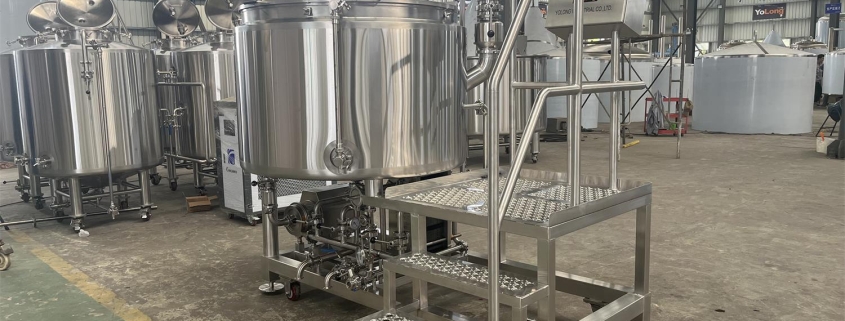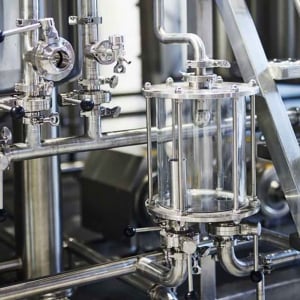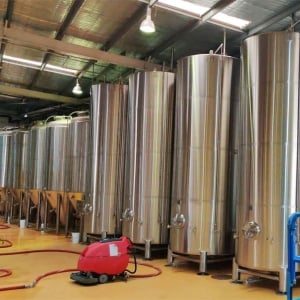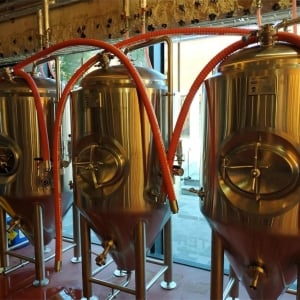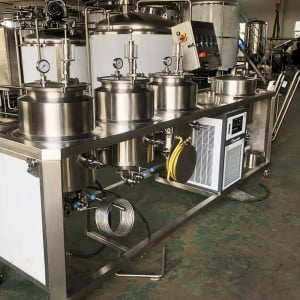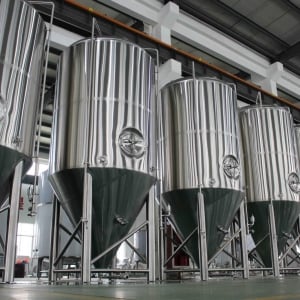small fermentation tank
Overview of Small Fermentation
Small fermentation has become a popular process among craft brewers, home hobbyists, and even larger enterprises seeking artisanal production. This form of fermentation caters to smaller batches, yielding unique flavors, textures, and characteristics in various food and beverage products like beer, kombucha, yogurt, and even artisan vinegars. In essence, small fermentation utilizes a scaled-down fermentation system, which allows for experimentation, cost control, and lower capacity production—ideal for those looking to balance high-quality outputs with operational flexibility.
With this guide, we’ll navigate through each aspect of small fermentation, from equipment choices and operational processes to design layouts, supplier options, and practical tips. Whether you’re setting up a home brewing station or a small-scale commercial system, this guide will offer insights to help you make well-informed decisions.
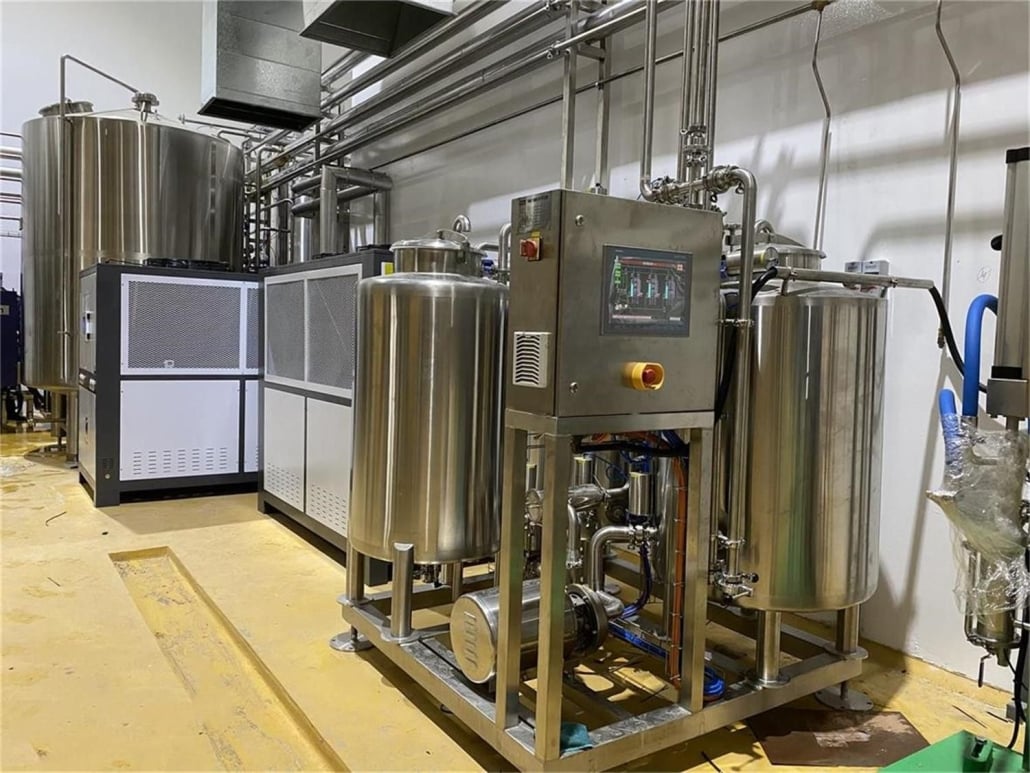
Small Fermentation Equipment Guide
For small fermentation systems, understanding the core equipment types is key. Let’s dive into the details of the tools you’ll need:
Core Equipment Types and Their Features
| Equipment | Description | Usage in Small Fermentation |
|---|---|---|
| Fermentation Tanks | Typically made of stainless steel or food-grade plastic, essential for controlled fermentation. | Ideal for maintaining temperature, controlling microbial activity. |
| Airlocks | Devices that allow gases to escape while preventing contaminants from entering. | Used to ensure a sterile environment in the fermentation vessel. |
| Temperature Control | Systems that regulate and monitor temperatures (e.g., heating wraps, cooling units). | Critical for maintaining optimal fermentation conditions. |
| Stirring Mechanisms | Devices like stirrers and paddles that ensure consistent mixing and aeration of ingredients. | Enhances fermentation consistency and prevents sediment build-up. |
| Monitoring Equipment | pH meters, hydrometers, and other instruments for measuring progress and quality of fermentation. | Helps in tracking and maintaining desired flavor profiles and safety levels. |
| Storage Containers | Sealed containers for storing finished products before distribution or consumption. | Ensures final product quality and extended shelf life. |
The Small-Scale Brewing Process
Small-scale fermentation follows similar principles as large-scale production, but the techniques and equipment vary to accommodate lower volumes and greater flexibility. Here’s a breakdown:
1. Preparation and Sanitation
Every successful fermentation process begins with rigorous sanitation. All equipment—tanks, containers, and measuring instruments—must be sterilized to prevent contamination. Skipping this step can lead to undesired bacterial growth, affecting the flavor and safety of the final product.
2. Ingredient Mixing and Primary Fermentation
Ingredients are mixed according to the recipe or desired outcome. For beer, this involves malt, hops, and yeast. In kombucha, it’s tea, sugar, and a SCOBY (symbiotic culture of bacteria and yeast). The primary fermentation allows these ingredients to interact, forming alcohol, acids, or other compounds that define the flavor.
3. Secondary Fermentation and Flavor Development
After the primary fermentation, some products may go through a secondary fermentation. This stage refines the flavor, balancing acidity, sweetness, and alcohol levels.
4. Monitoring and Adjustments
Throughout the process, pH levels, temperature, and other metrics should be carefully monitored to ensure the fermentation is proceeding correctly. Adjustments may be necessary, especially in small-batch production where environmental changes have a greater impact.
5. Bottling and Storage
Once fermentation reaches the desired profile, the product is transferred into bottles or containers for storage. Proper bottling and sealing methods preserve the freshness and extend the shelf life of the product.
Capacity, Space, and Design for Small Fermentation Setups
| Factor | Details |
|---|---|
| Capacity Options | Small fermentation setups typically range from 1 gallon to 100 gallons, depending on production goals. |
| Space Requirements | Compact systems can fit in home kitchens, while larger setups may require a dedicated room or basement. |
| Design Flexibility | Modular designs are popular for small setups, allowing easy addition or removal of components. |
| Customization Options | Many systems can be customized for specific fermentation processes, such as beer, yogurt, or kombucha. |
Suppliers and Price Range for Small Fermentation Equipment
| Supplier | Price Range | Specialty | Shipping & Availability |
|---|---|---|---|
| BrewTech | $200 – $5,000 | Known for high-quality brewing equipment. | Ships internationally with quick delivery. |
| Fermzilla | $50 – $1,000 | Offers compact, budget-friendly tanks. | Available in most regions, often in-stock. |
| Anvil Brewing | $150 – $3,500 | Customizable fermenters and tanks. | U.S.-based, reasonable shipping timelines. |
| Spike Brewing | $500 – $7,000 | Premium stainless steel fermenters. | Available worldwide; premium shipping. |
Installation, Operation, and Maintenance of Small Fermentation Systems
| Aspect | Details |
|---|---|
| Installation | Requires basic tools; most small systems are plug-and-play with minimal setup. |
| Operation | Simple operation, typically involving basic temperature monitoring and ingredient additions. |
| Maintenance | Regular cleaning, sterilization, and occasional calibration of measuring devices. |
How to Choose a Supplier for Small Fermentation Equipment
Selecting the right supplier is crucial for ensuring you receive durable, quality equipment. Here’s what to consider:
- Reputation and Reviews
Look for suppliers with a strong reputation in the fermentation community. Customer reviews on websites and forums can reveal product durability, ease of use, and customer service quality. - Product Customization and Options
Different suppliers offer unique customization options. For example, BrewTech allows for tailored setups, which might appeal if you’re looking for versatility in both small and medium-scale production. - Budget and Price Ranges
Prices vary widely based on the material quality and capacity. Suppliers like Fermzilla offer budget-friendly options, whereas brands like Spike Brewing cater to those prioritizing top-grade stainless steel tanks. - Shipping and Availability
Shipping time can be crucial, especially for international buyers. Anvil Brewing and Spike Brewing, for instance, have reliable worldwide shipping but check for lead times.
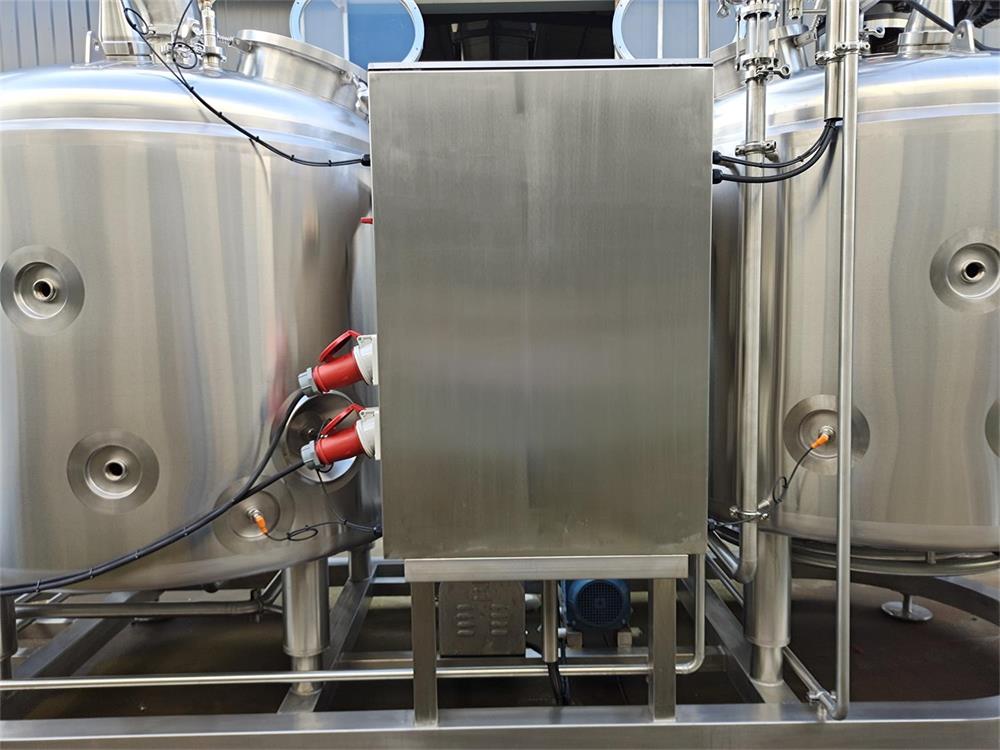
Comparing Advantages and Limitations of Small Fermentation Systems
| Pros | Cons |
|---|---|
| Cost-Effective | Limited scalability for larger productions. |
| Greater Control Over Quality | Requires more hands-on involvement. |
| Easier Experimentation with Flavors | Equipment costs may be higher per unit. |
| Suitable for Limited Space | Some systems may lack automation features. |
FAQ
| Question | Answer |
|---|---|
| What is the average cost of a small fermentation setup? | It ranges from $200 to $7,000 depending on capacity and quality. |
| How much space do I need? | Systems can fit in small kitchens but may need dedicated space for larger setups. |
| Is maintenance difficult? | Maintenance is straightforward, focusing on cleaning and sterilizing between uses. |
| Can I customize my setup? | Yes, many suppliers offer modular and customizable systems for various types of fermentation. |

